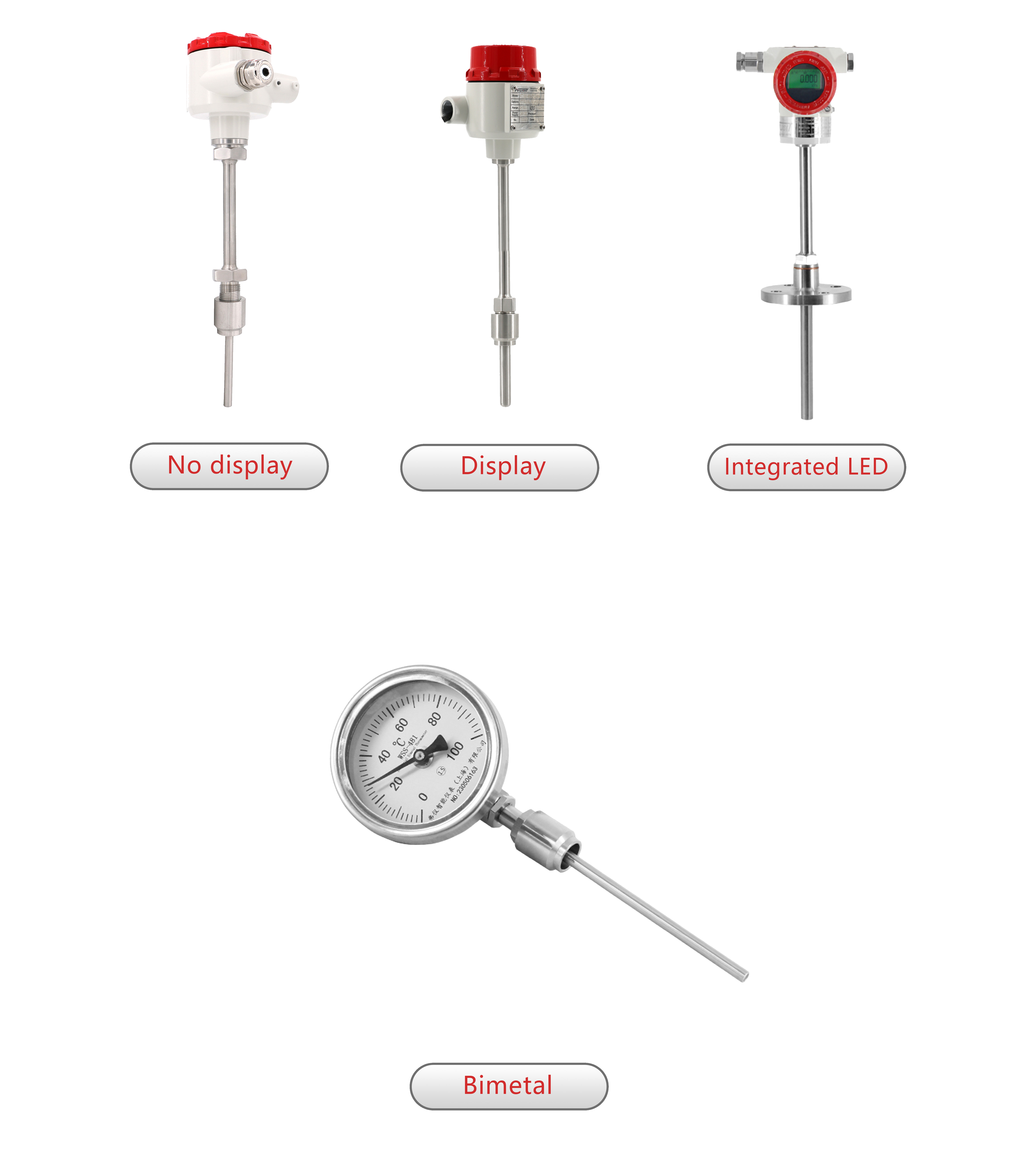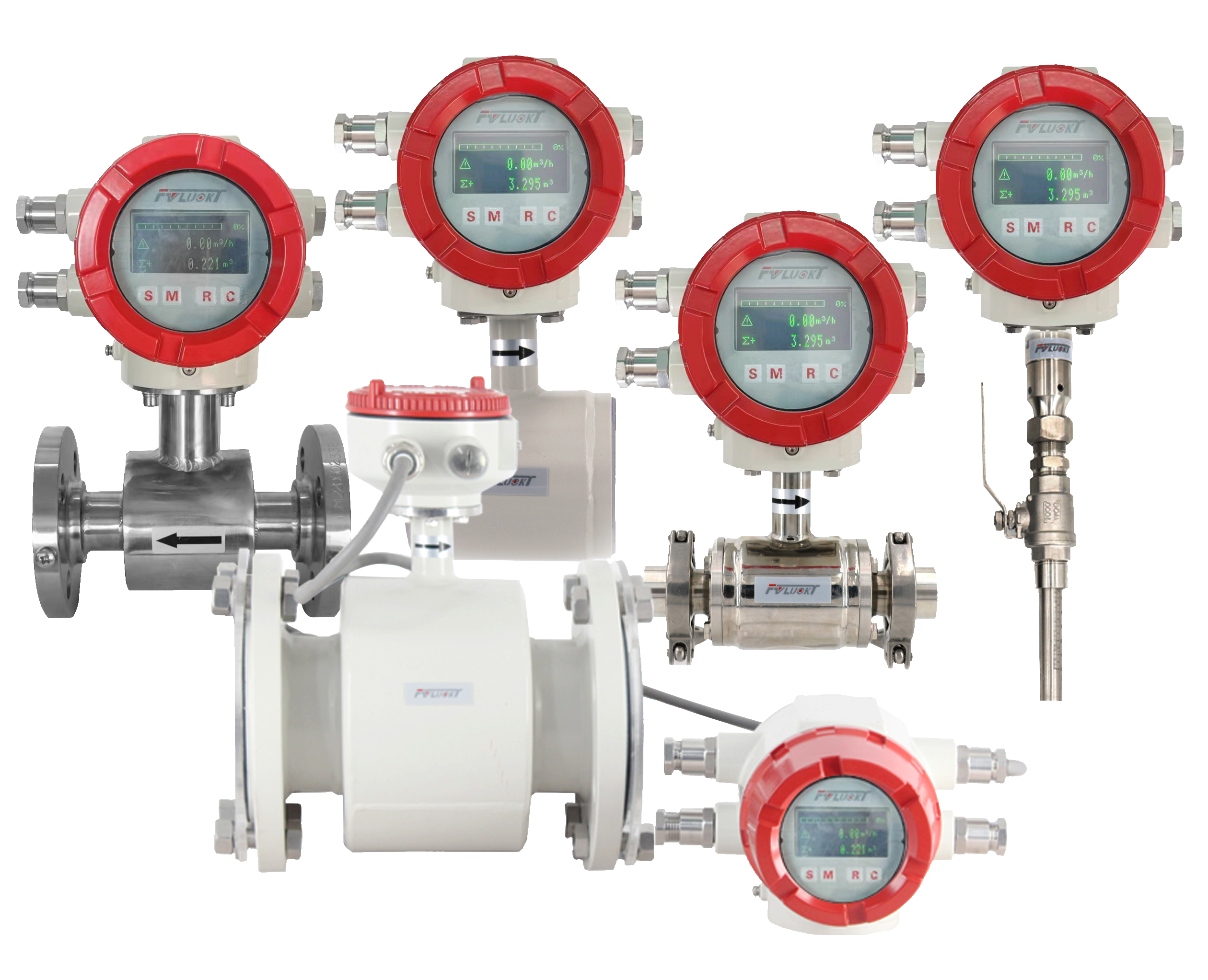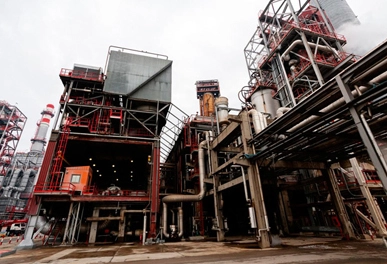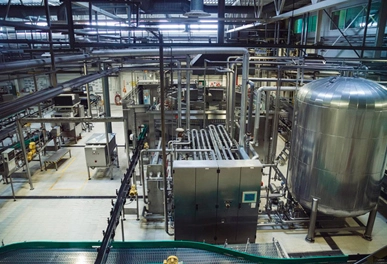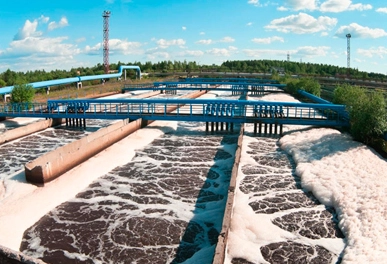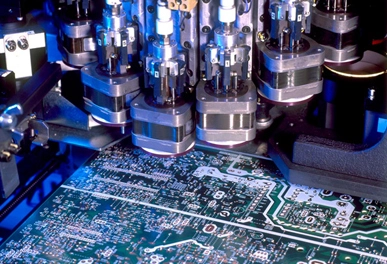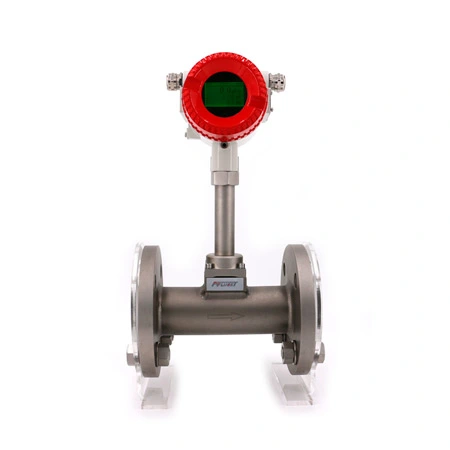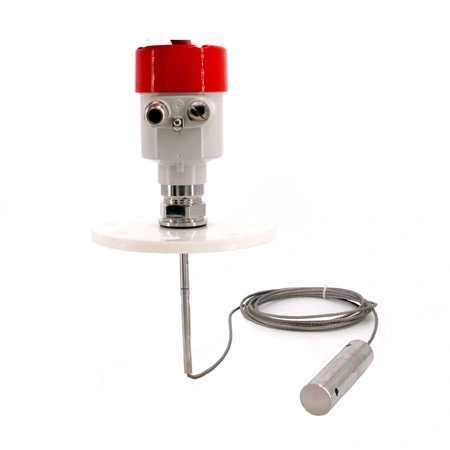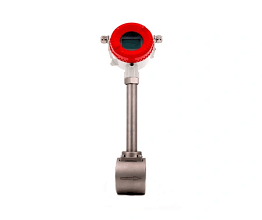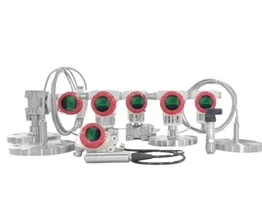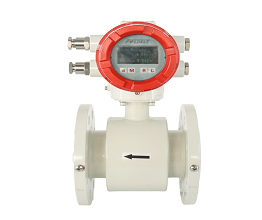Before using the threaded pressure transmitter for the first time, it should be checked and prepared (for example, in occasions where isolating liquid is required, the isolating liquid should be filled into the corresponding instrument while paying attention to cleaning air bubbles). After the initial startup preparation work is completed, it is necessary to connect the power supply and preheat for some time before gently opening the pressure valve. This prevents a sudden increase in internal pressure that could damage sensitive components.
Confirm Installation Dimensions for Threaded Pressure Transmitter
Before installing the threaded pressure transmitter, measuring tools such as a hole gauge should be used to confirm that the installation hole size is appropriate. If the installation hole is too small, it should be reamed to prevent the threads from being squeezed and worn, which could affect the sealing of the threaded pressure transmitter or damage internal components.
Reasonable Choice of Installation Location for Threaded Pressure Transmitter
If the installation location of the sensing element in the threaded pressure transmitter is too close to the front end of the production line, the sensor top is prone to wear from unmelted material, causing sensor damage. Suppose the sensor element installation location is too close to the back end of the production line. In that case, molten material may accumulate between the installation screw and the sensor element, causing some degree of degradation and therefore distorting the collected pressure signal. If the chosen installation location is too deep, the front pressure sensor end of the transmitter might get damaged under pressure.
Thorough Cleaning of Threaded Pressure Transmitter
The extruder barrel must be thoroughly cleaned before installing the threaded pressure transmitter. Common cleaning methods include using chemical cleaners or using a wire brush. It should be noted that both chemical cleaning and wire brush cleaning can easily damage the diaphragm of the internal sensor element, so the sensor element needs to be removed before cleaning.
Attention to Low Temperature Effects of Threaded Pressure Transmitter
Although some sensor elements inside the threaded pressure transmitter have good tolerance to low temperatures, extremely low environmental temperatures may still cause damage to the sensors. For example, if the threaded pressure transmitter installed in a non-insulated environment experiences freezing and expansion of the internal fluid at the pressure port due to low temperatures, it may result in sensor damage due to pressure overload.
Avoid Pressure Overload of Threaded Pressure Transmitter
To improve operational reliability, the threaded pressure transmitter employs a redundancy design concept. Generally, a slight overpressure will not directly cause hardware damage. However, if the overpressure is too great or occurs frequently during use, it can still lead to transmitter failure. Therefore, the range of the threaded pressure transmitter should be chosen based on actual working conditions to ensure that the transmitter's range exceeds the environmental pressure.

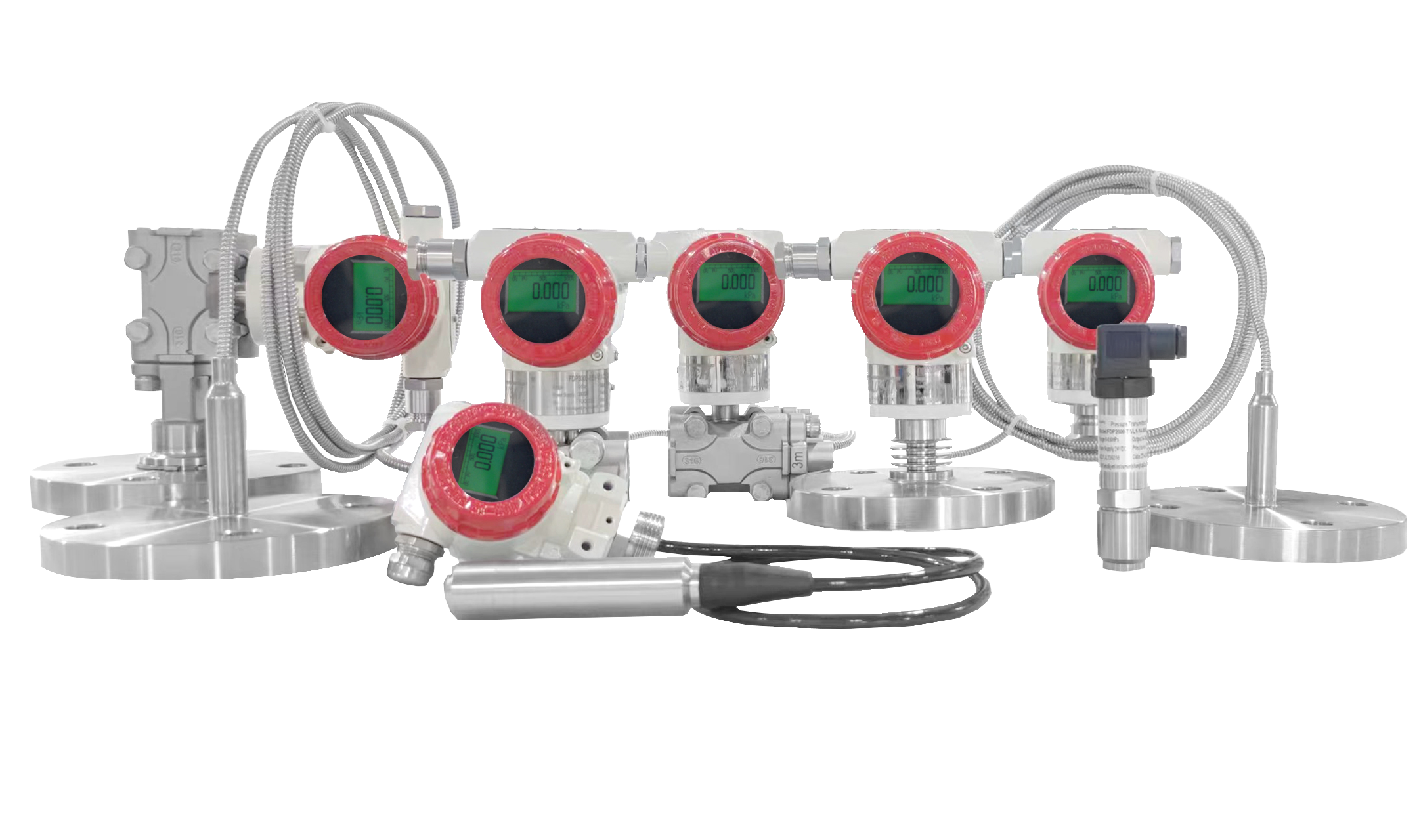 Smart Pressure Transmitters
Smart Pressure Transmitters